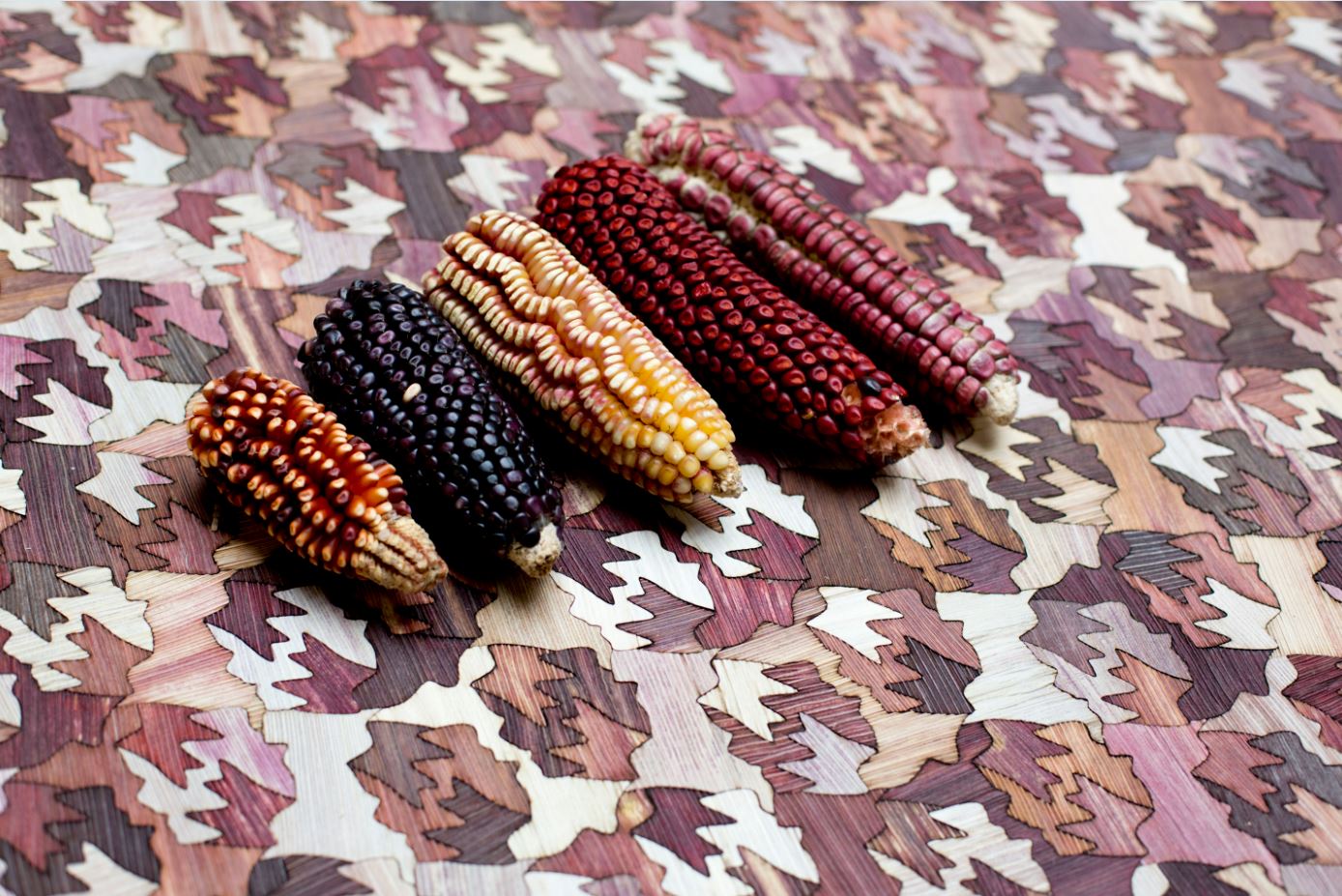A new exhibition at London’s V&A museum is exploring how communities and organisations are radically re-inventing how we grow, distribute and experience food.
FOOD: Bigger than the Plate, which is running from 18 May until 20 October, takes visitors on a sensory journey through the food cycle, from compost to table, and poses questions about how the collective choices we make can lead to a more sustainable, just and delicious food future in unexpected ways.
Here, Wicked Leeks rounds up a selection of the 70 projects and pieces of art from across the exhibition.

Since 2013, Michael Zee has shared images of the breakfasts he makes for himself and his partner, Mark, on his hugely popular Instagram account @SymmetryBreakfast, incorporating world cuisines, contemporary design and a story of love over breakfast. Mark’s hectic job meant breakfast became a sacred meal early in the couple’s relationship as a way of spending time together. Michael wakes up early each morning to make breakfast for Mark, creating beautiful dishes inspired by breakfast cultures all over the world. In the exhibition, an animation of Michael’s SymmetryBreakfast Instagram will underline how the power of deliciousness can connect people.

The museum has built a mushroom farm onsite with the help of GroCycle, an innovative social enterprise based in Devon who have grown mushrooms since 2009 using sustainable and low-tech methods. Showcasing the idea of a circular economy, the V&A will grow oyster mushrooms in the gallery from used coffee grounds – including grounds from the V&A Benugo café – with the mushrooms then harvested and taken back into the café to be served in selected dishes. The installation will be cultivated and farmed during the exhibition run, and challenges the notion of ‘waste’ materials, with the coffee grounds being recycled and reused.

Belgian conceptual artist Koen Vanmechelen has been crossbreeding chickens from different countries since 1999 through his Cosmopolitan Chicken Project (CCP), creating a collection of chickens that are more resilient, live longer, and are less prone to disease than their industrial counterparts. Planetary Community Chicken continues this work, bringing new, healthier chickens to the world’s communities by pairing CCP roosters with local commercial hens globally. The aim is to produce birds that are more productive for local people, improving nutrition and biodiversity.

Mexico has over 60 different types of native corn, growing in a brilliant spectrum of colours. But in the 1990s the country adopted industrial agriculture techniques, causing a sharp decline in these diverse species and in local employment. In response, Fernando Laposse developed Totomoxtle, a new veneer material made from the discarded husks of vibrant heirloom corn varieties. Totomoxtle supports the villagers of Tonahuixtla in south-west Mexico, who are replanting once-lost corn species, by providing a secondary income from their crops.










0 Comments